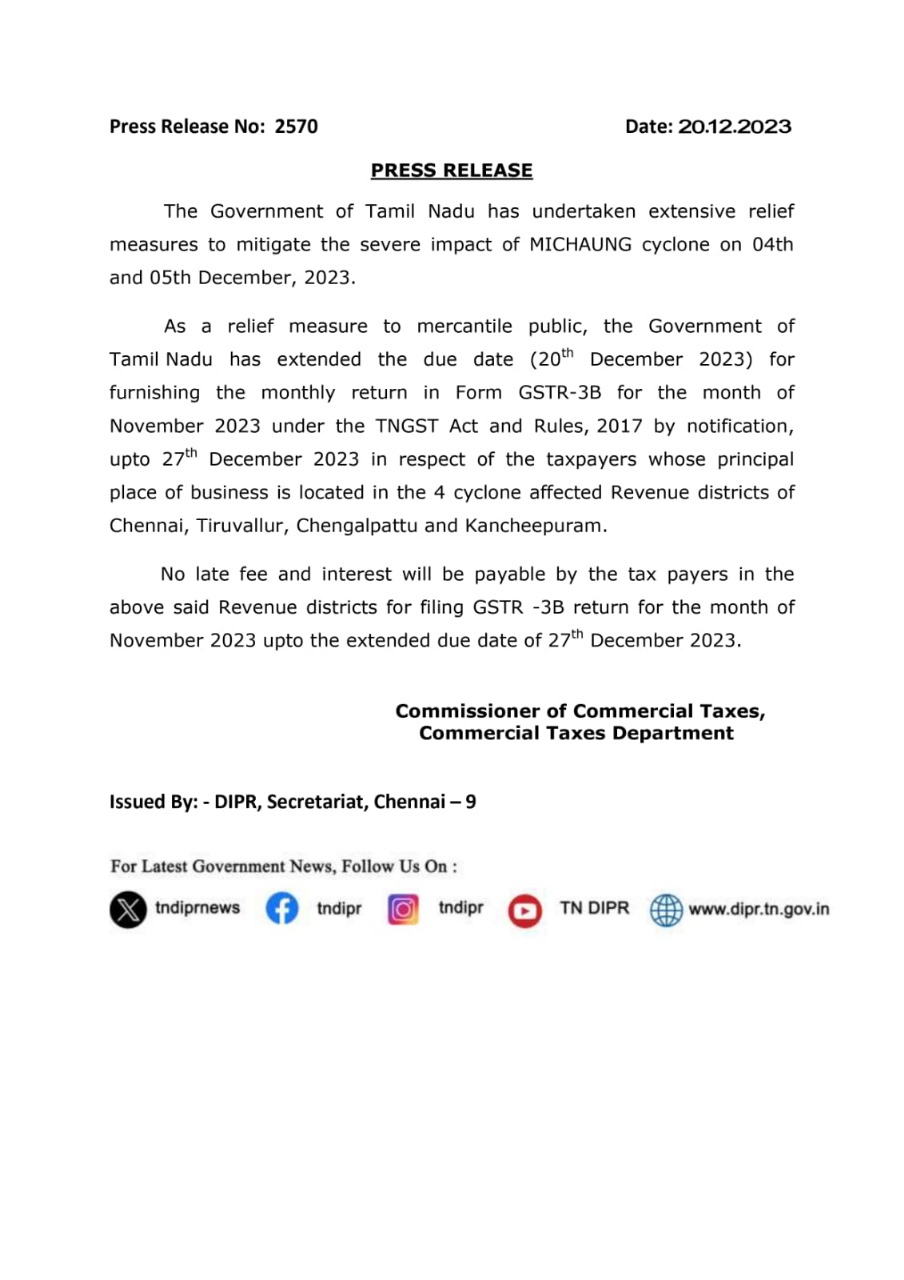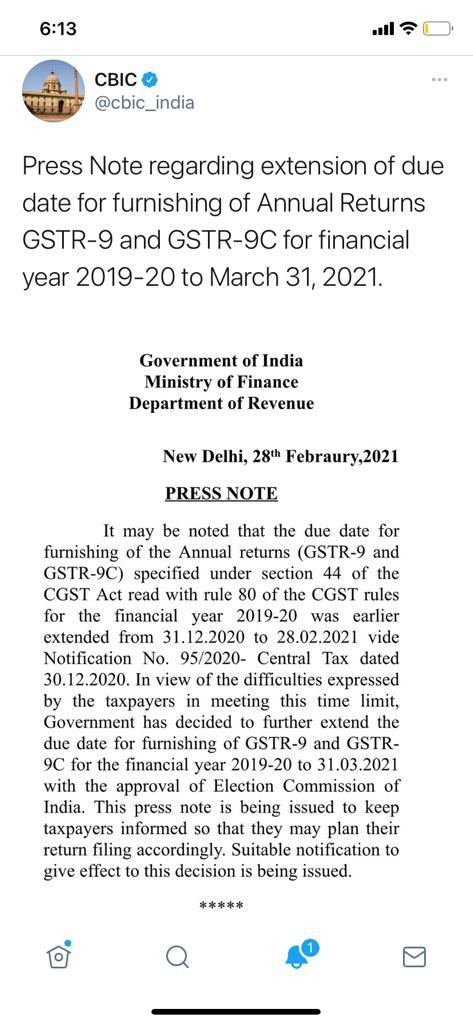
The Central Board of Indirect Taxes and Customs (CBIC) Thursday announced a waiver of late fees for delayed filings of reconciliation statements and annual returns for the financial years 2017-18 to 2022-23.
The Ministry of Finance has issued a notification relevant for Goods and Service Tax (GST) registered taxpayers who failed to file the annual reconciliation statement through the GSTR-9C form.
As per the circular eligible GST taxpayers now have an opportunity to get a waiver of any pending late fees for filing GSTR-9C for FY 2017-18, FY 2018-19, FY 2019-20, FY 2020-21, FY 2021-22 or FY 2022-23. However, for availing the benefit of waiver of late fees. you need to file any pending GSTR-9C on or before March 31, 2025.
The original deadline to file GSTR-9 and GSTR-9C, both for any particular financial year is December 31. While the GSTR-9 annual return can very well be filed without the GSTR-9C return, the law recommends both the returns be filed together.
The present notification is relevant for those taxpayers who didn’t follow this recommendation and skipped filing GSTR-9C.
Additionally, no refund will be provided for any late fees already paid for the delayed furnishing of GSTR-9C for these financial years, the notification said.
This move is expected to bring relief to taxpayers who have delayed filing reconciliation statements in the past. The government’s decision is seen as a step towards easing the compliance burden on taxpayers and promoting voluntary compliance.




